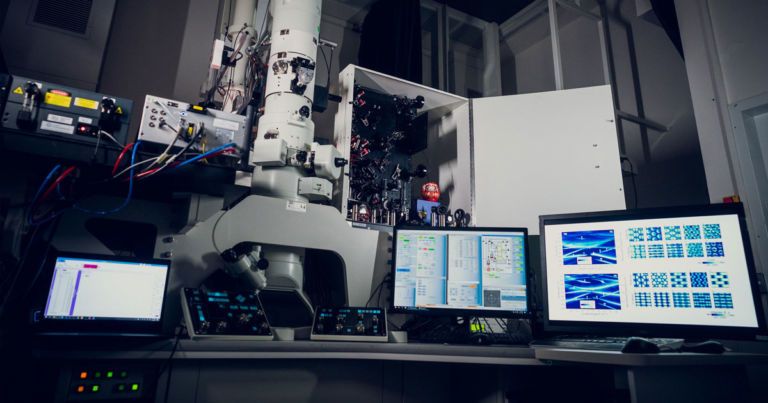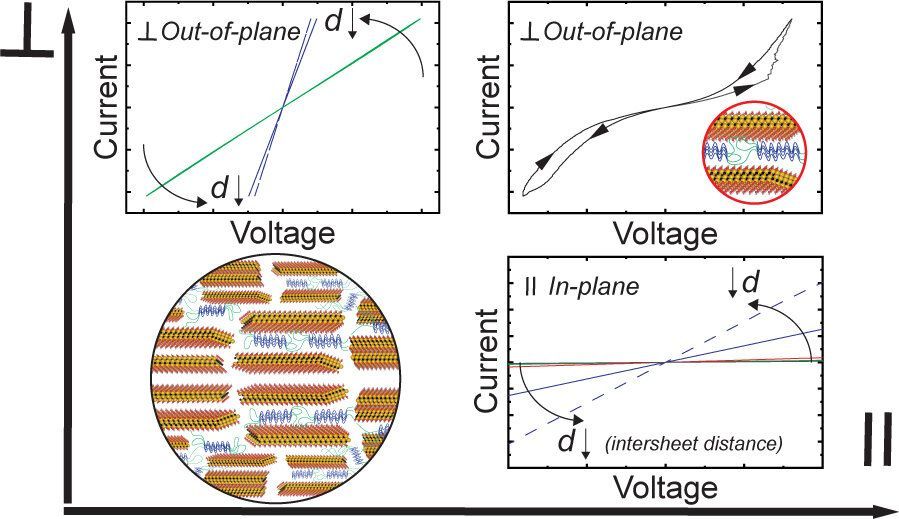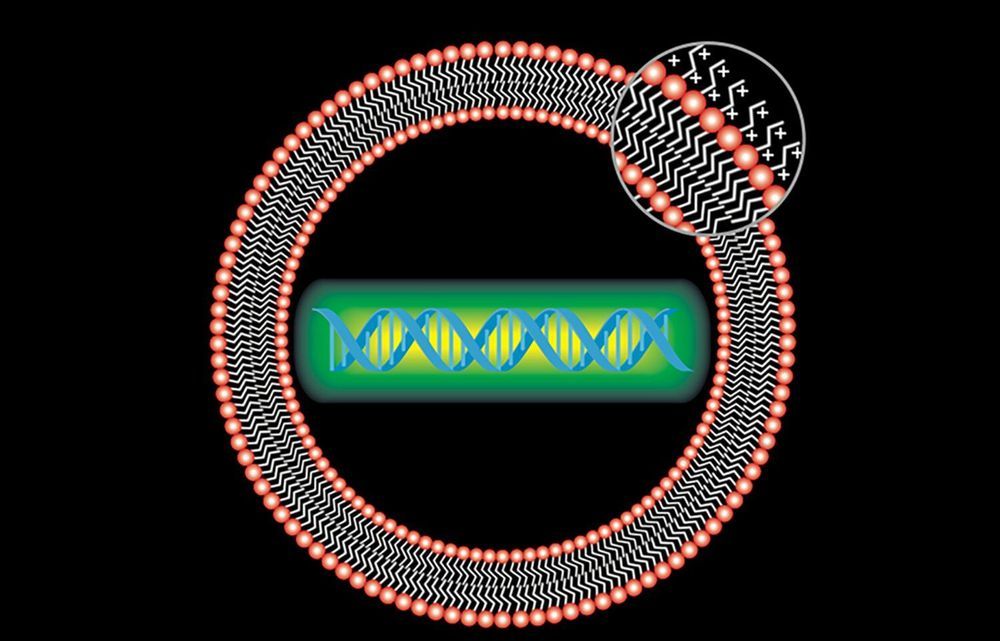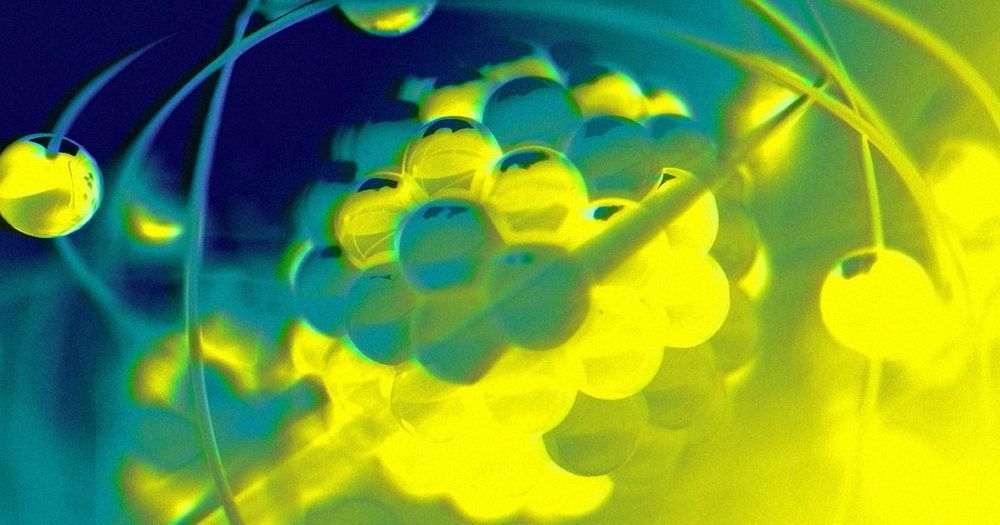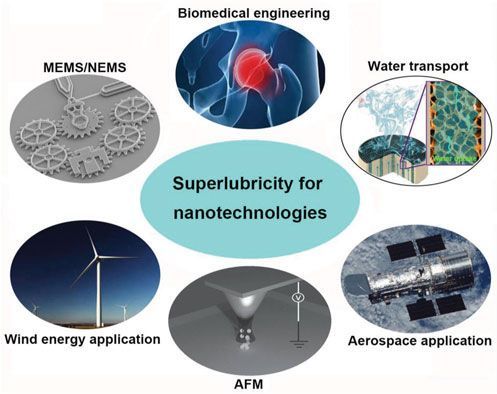Type: Novel lipid nanoparticle (LNP)-encapsulated mRNA vaccine encoding for a prefusion stabilized form of the Spike (S) protein.
Status: Moderna said May 29 the first patients in both cohorts were dosed in the company’s Phase II trial (NCT04405076) assessing mRNA-1273. The study is designed to evaluate the safety, reactogenicity and immunogenicity of two vaccinations of mRNA-1273, given 28 days apart. plans to enroll 600 healthy participants across two cohorts: 300 adults ages 18–55 years, and 300 ages 55 years and up. Participants will be assigned to placebo, a 50 μg or a 100 μg dose at both vaccinations, and will be followed through 12 months after the second vaccination.



